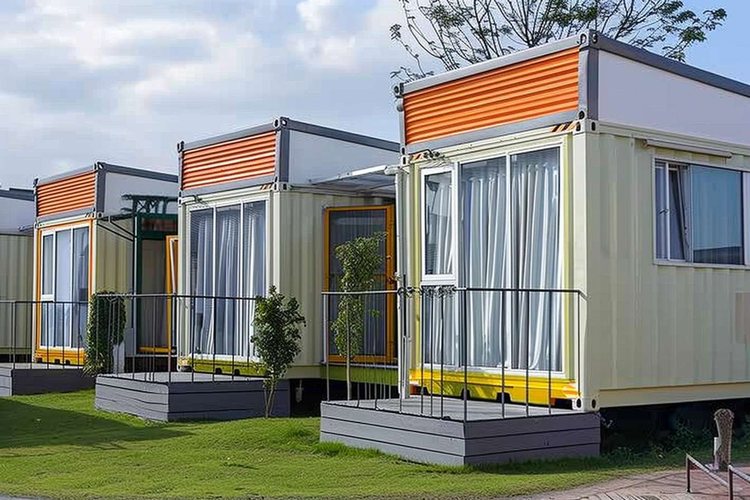The Future of Housing: Understanding Prefabricated Homes in Australia
Prefabricated homes represent a revolutionary shift in residential construction, offering a blend of efficiency, sustainability, and modern design. These factory-built structures are gaining significant traction in Australia's housing market as homeowners seek faster, more cost-effective building solutions without compromising quality or style. As urban areas expand and housing demands evolve, prefab homes emerge as a practical solution to traditional construction challenges.

Benefits of Choosing Modular Homes in Australia
Modular homes offer numerous advantages for Australian homeowners. The controlled manufacturing environment minimizes weather-related delays and ensures superior quality control. These homes are built to meet or exceed local building codes and often incorporate sustainable materials and energy-efficient designs. Additionally, modular construction typically generates less waste than traditional building methods, making it an environmentally conscious choice.
Exploring Different Types of Prefab Houses
The Australian market offers various prefab housing options to suit different needs and preferences:
-
Traditional-style modular homes
-
Contemporary architectural designs
-
Compact capsule houses
-
Multi-story prefabricated buildings
-
Expandable modular systems
The Cost of Prefabricated Homes in Australia
Below is a comparison of different prefab home options and their approximate costs:
| Home Type | Size Range | Estimated Base Cost |
|---|---|---|
| Basic Modular | 60-120m² | $120,000-$200,000 |
| Premium Architectural | 150-250m² | $300,000-$500,000 |
| Capsule House | 30-50m² | $80,000-$150,000 |
| Multi-Module Home | 180-300m² | $350,000-$700,000 |
Prices, rates, or cost estimates mentioned in this article are based on the latest available information but may change over time. Independent research is advised before making financial decisions.
Key Considerations for Buying a Prefab Home
When considering a prefab home in Australia, several factors require attention:
-
Local council regulations and building codes
-
Site preparation requirements
-
Transport accessibility
-
Utility connections
-
Design customization options
-
Builder warranties and insurance
-
Future maintenance considerations
The growing popularity of prefabricated homes in Australia reflects their practicality, efficiency, and adaptability to modern living needs. As construction technology continues to advance, these innovative housing solutions are likely to play an increasingly important role in addressing Australia’s housing demands while providing sustainable, high-quality living spaces for homeowners across the country.






